Head angle can make a big difference in an image and general advice is that the head angle should have the tip of the bill in the same plane as the eye. This is good advice that generally delivers a great image. Like all rules though, there are times where it may not always be the best. I have written about this issue before but thought I would share my thought processes around a series of Kōtare/Sacred Kingfisher images I shared recently.
That post was around background control, but once I had my background where I wanted it, I took a series of images. The image I shared to show the background was this following one which has a good head angle and a nice catchlight in the eye. Why was it not the one I spent time processing?
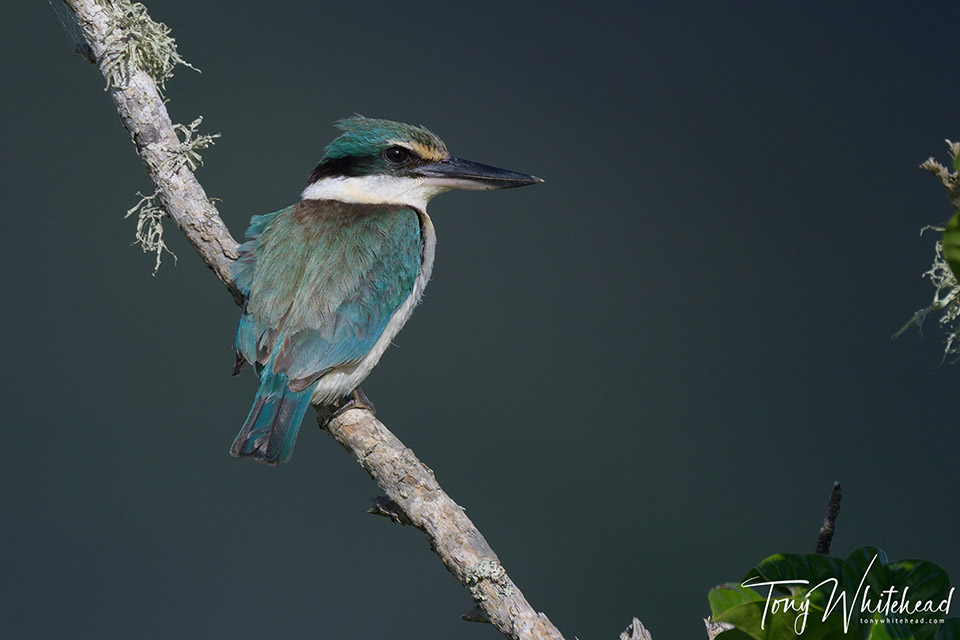
This following processed image has some “flaws”. The head is angled slightly away and there is a bright reflection on the bill so why did choose it to spend time processing and cleaning distractions?
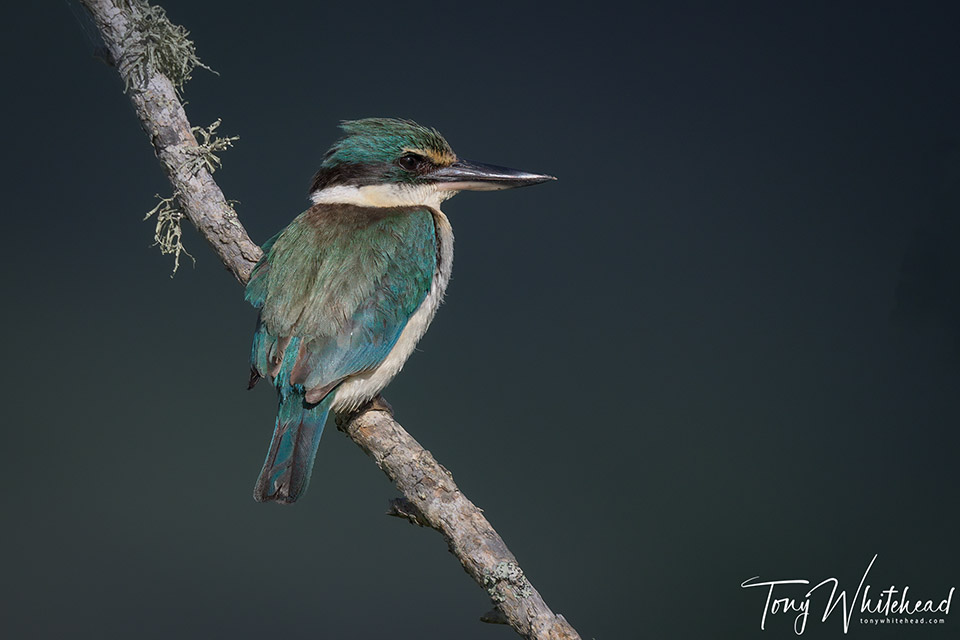
For me the decision related to the feel of the image. If you revisit the original post all the early images show that the bird is watching me, as it is in the top image presented here. I had moved cautiously and slowly so as not to spook the bird so it settled once I had positioned myself and resumed its observation for prey. The top image is of a wary bird watching me, the second image is a relaxed bird hunting so despite the worse head angle the image is a far better one of the subject. The highlight on the bill was managed by toning it down using a selecction on a layer with a linear burn blend mode and I think helps provide a nice line reinforcing the laser gaze of the bird as it it observes for prey.
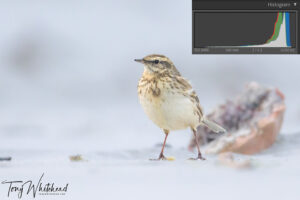
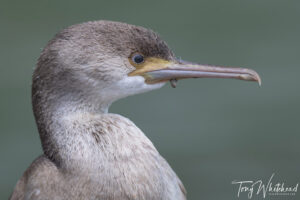
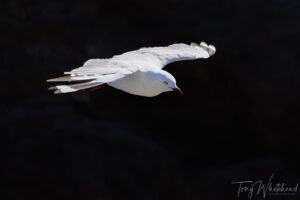
Nicholas Court
26 Jan 2025Such a good point. Images of worried or wary wildlife are definitely less engaging. Something I have not always appreciated in my own work!